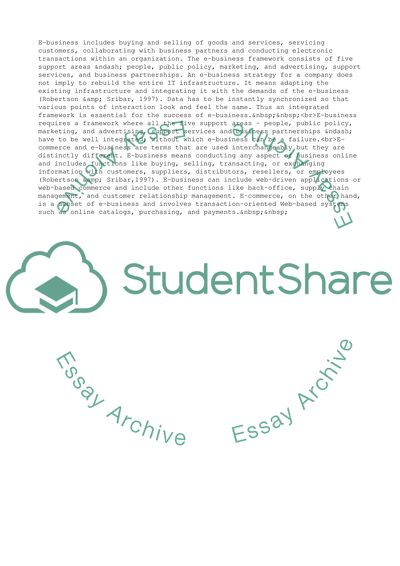Cite this document
(The Difference Between E-commerce and E-business Research Paper, n.d.)
The Difference Between E-commerce and E-business Research Paper. Retrieved from https://studentshare.org/business/1723727-e-business-and-e-commerce
The Difference Between E-commerce and E-business Research Paper. Retrieved from https://studentshare.org/business/1723727-e-business-and-e-commerce
(The Difference Between E-Commerce and E-Business Research Paper)
The Difference Between E-Commerce and E-Business Research Paper. https://studentshare.org/business/1723727-e-business-and-e-commerce.
The Difference Between E-Commerce and E-Business Research Paper. https://studentshare.org/business/1723727-e-business-and-e-commerce.
“The Difference Between E-Commerce and E-Business Research Paper”, n.d. https://studentshare.org/business/1723727-e-business-and-e-commerce.


